Across cultures and centuries, people have reached for the night sky to explain the noise and nuance of human conversation. Today, biologists decode birdsong with spectrograms while psychologists chart the quirks that shape our tone, timing, and word choice. Put those lenses together and a curious pattern emerges: certain birds capture the signature way each zodiac sign tends to speak and be heard. This isn’t about fate; it’s about metaphors that map cleanly onto what science knows about signals, attention, and social dynamics. When you match a sign’s tendencies with a bird’s calling card, you get an unexpectedly sharp portrait of how messages take flight – or fall flat.
The Hidden Clues
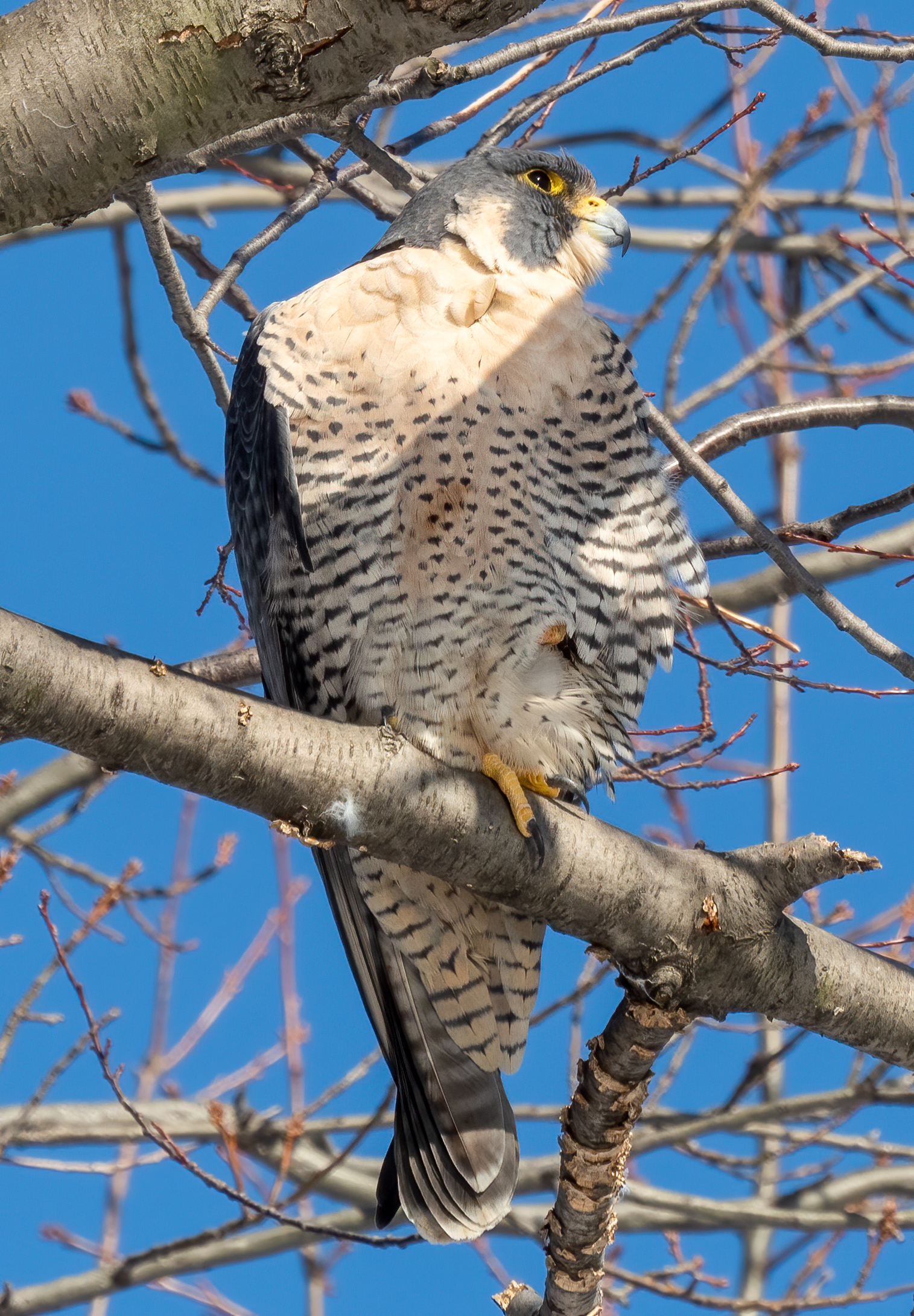
What if your most natural way of speaking has more in common with a lyrebird than a laptop? Birds broadcast identity, intent, and mood through rhythm, pitch, and posture; humans do the same with cadence, volume, and gestures. The parallel is more than poetic, because both systems ride on shared principles of signal detection – what cuts through noise, what rewards attention, and what earns trust. A raven’s rough croak primes listeners for gravity, just as a sober tone does in a boardroom. A swallow’s quick, social chatter feels like small talk at a crowded party, efficient and breezy by design.
When we describe a colleague as dove‑calm or mockingbird‑nimble, we’re tracking patterns that ethologists and psycholinguists measure from different directions. The metaphor gives a handle; the science supplies the grip. Put simply, we’re wired to notice signals that mirror the environments we move through, and birds have perfected that survival art.
From Ancient Tools to Modern Science
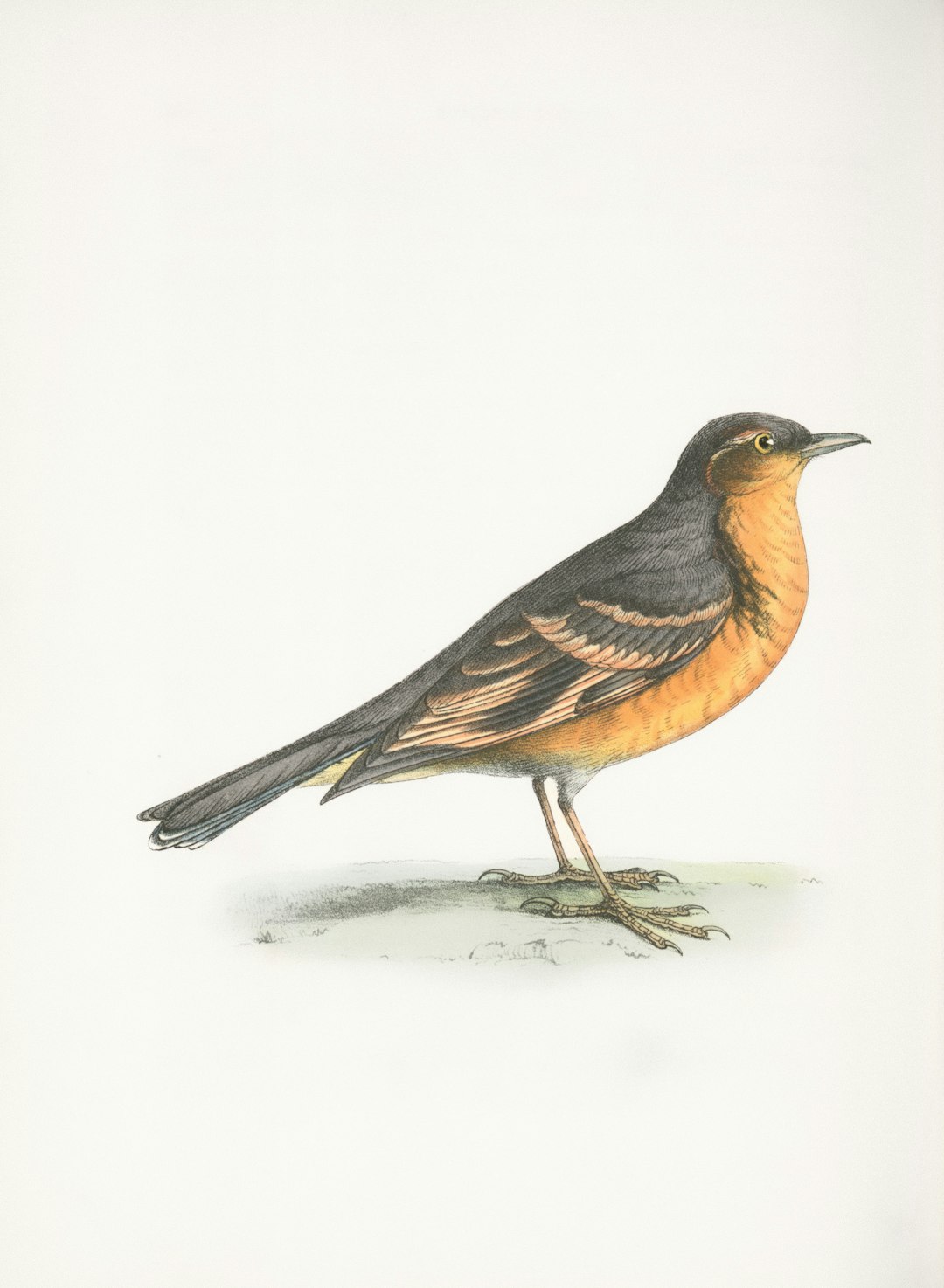
The zodiac began as a navigational and agricultural calendar, a human atlas for seasons and social meaning. Meanwhile, birds became nature’s most prolific communicators, and scientists now study their repertoires with high‑resolution audio, machine learning, and long‑term field notes. Songbirds, parrots, and even hummingbirds learn vocal patterns, a rare skill in the animal world that makes them powerful models for how complex communication evolves. Neuroscientists trace learning circuits in these birds to illuminate timing, feedback, and improvisation – features that echo human speech learning. That’s why a metaphor anchored in birds can feel surprisingly technical rather than mystical.
When we borrow avian archetypes to describe talkative twins of Gemini or steady‑voiced Taurus, we’re not dressing folklore in feathers; we’re aligning style with signal strategy. The point isn’t prediction but precision: a better vocabulary for how messages move through crowded air.
The Zodiac Aviary: A Sign-by-Sign Decoder
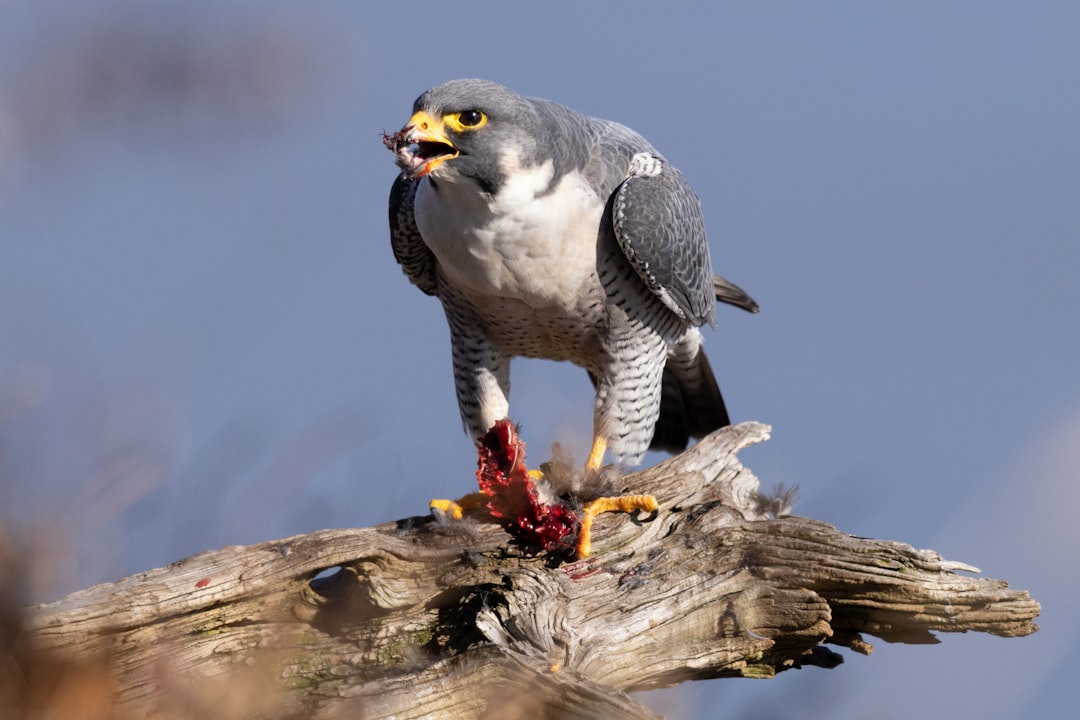
Aries speaks like a peregrine falcon – fast, direct, a clean dive from idea to impact – while Taurus carries the soft, steady coo of the dove, unhurried and reassuring; Gemini channels the northern mockingbird, agile and adaptive, remixing tones to suit the room. Cancer echoes the common loon, pouring feeling into long, resonant notes that linger after the last word; Leo projects like a peacock, bold and theatrical, pulling focus without apology; Virgo works like a wren, meticulous and efficient, arranging details into tidy, useful sequences. Each pairing highlights how a vocal signature can signal intent: drive, stability, flexibility, empathy, presence, and precision, respectively.
Libra glides like a swallow, balancing give‑and‑take with graceful timing; Scorpio speaks in raven register, low, layered, and strategic, holding silence until it matters; Sagittarius travels like an albatross, expansive and exploratory, aiming messages over long distances of culture and context. Capricorn resembles a heron, economical and poised, choosing words like measured steps; Aquarius experiments like a superb lyrebird, inventive and future‑bent, sampling new sounds to spark new conversations; Pisces moves like a kingfisher, intuitive and fluid, speaking softly until a sudden, vivid point lands. None of this is destiny – just a workable field guide to how a message feels the moment it takes flight.
Why It Matters
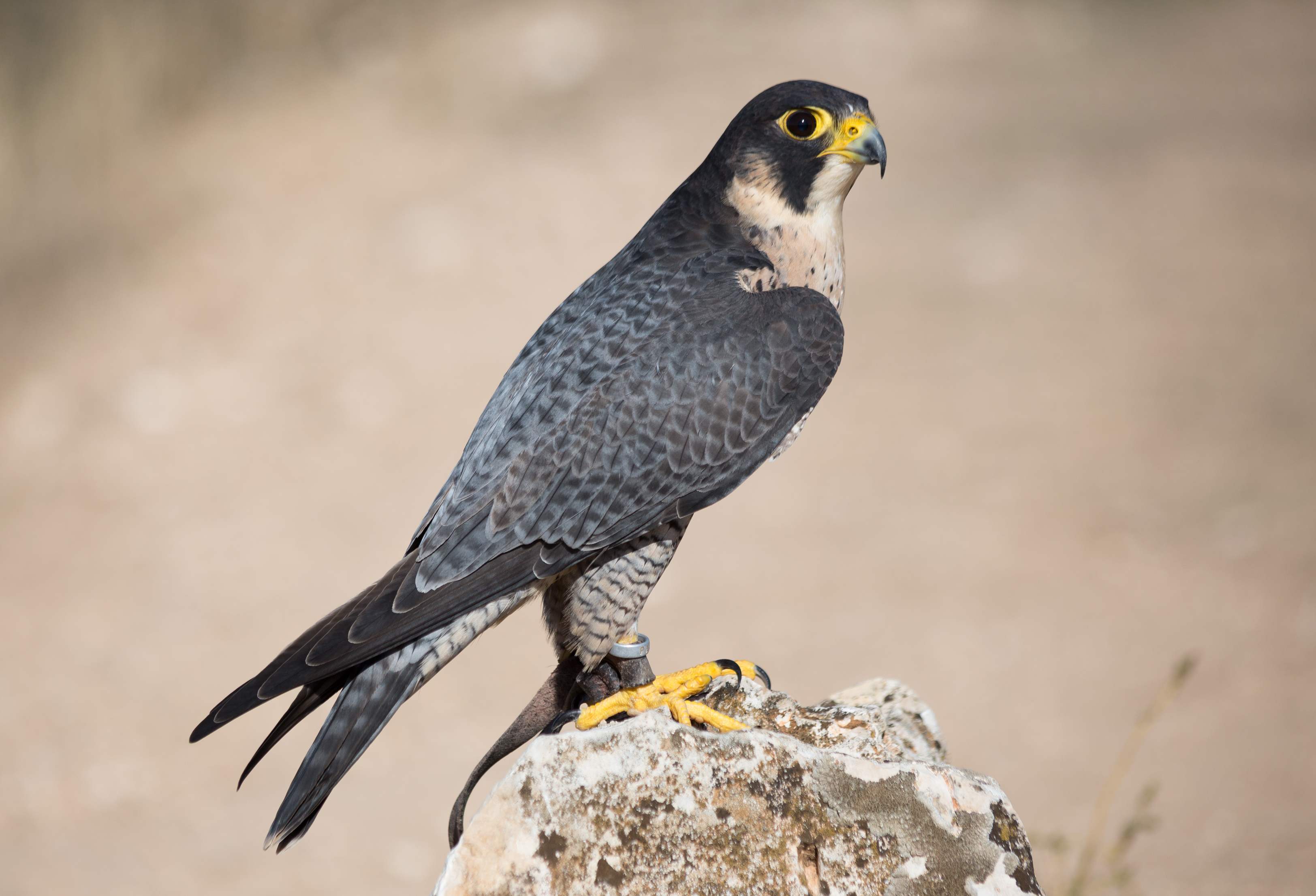
Communication succeeds when signal meets expectation, and that match depends on style as much as content. Recognizing a falcon‑type delivery versus a dove‑type cadence can defuse conflict, sharpen collaboration, and make feedback stick. It also helps us separate preference from substance: a raven‑toned comment may sound severe but carry careful care, while a peacock‑bright pitch may be bold and still backed by data. Compared with personality tests, this metaphor doesn’t box you in; it gives you a toolkit you can swap in and out depending on the habitat you’re in. Meetings become less about who “wins” airtime and more about which signal best fits the moment.
In practice, that means choosing wren‑precision when stakes are technical, peacock‑projection when urgency demands attention, or swallow‑balance when a team needs alignment. The real power is diagnostic: if your style keeps missing, the birds offer a new route to recalibrate without changing who you are.
Global Perspectives
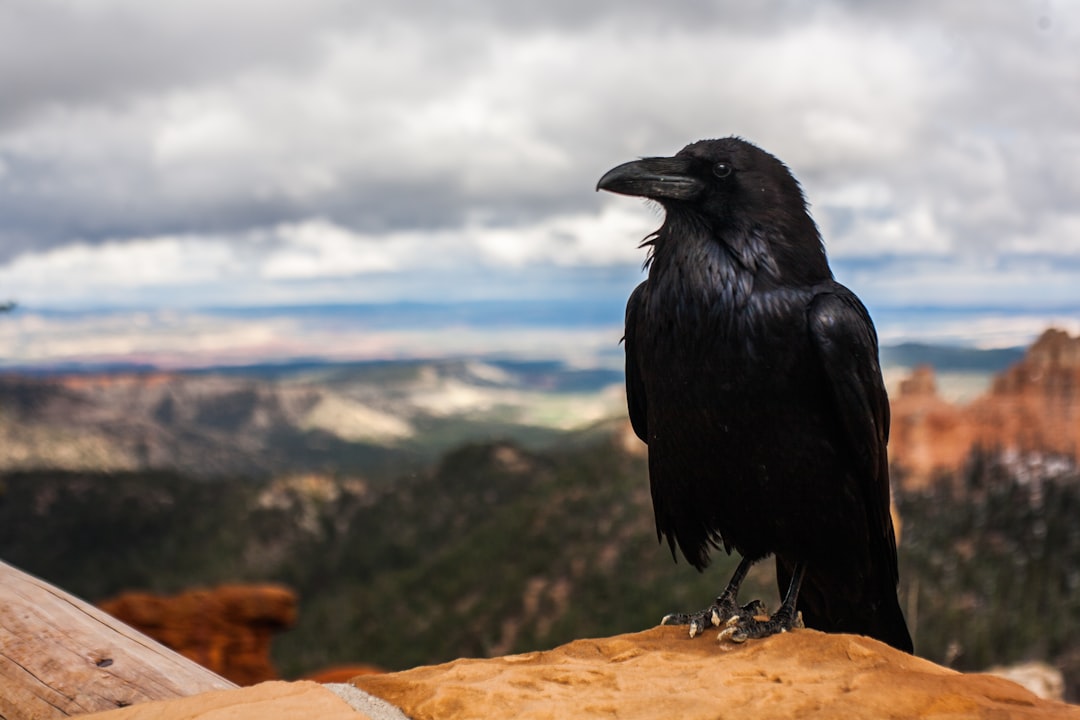
Bird symbols shift across cultures, and that reshapes how we hear one another. A raven might signal wisdom in one tradition and warning in another, which means a Scorpio‑style message can be received as either insightful or ominous depending on the audience. In soundscapes, the backdrop matters too: city noise favors louder, higher‑pitched calls, and urban birds have adapted, a lesson for anyone pitching in crowded markets or open offices. Rural acoustics reward slower, lower notes that travel farther, the kind of heron‑calm that suits deep negotiations. Translation: your habitat edits your voice, even when you don’t notice.
When teams span continents, the aviary metaphor travels better than slang because the sensory hooks – color, rhythm, posture – stay recognizable. It becomes a shared map: albatross for reach, dove for trust, mockingbird for versatility, used flexibly rather than as cultural shorthand locked to one place.
Field Notes: What Birds Teach Us About Voice
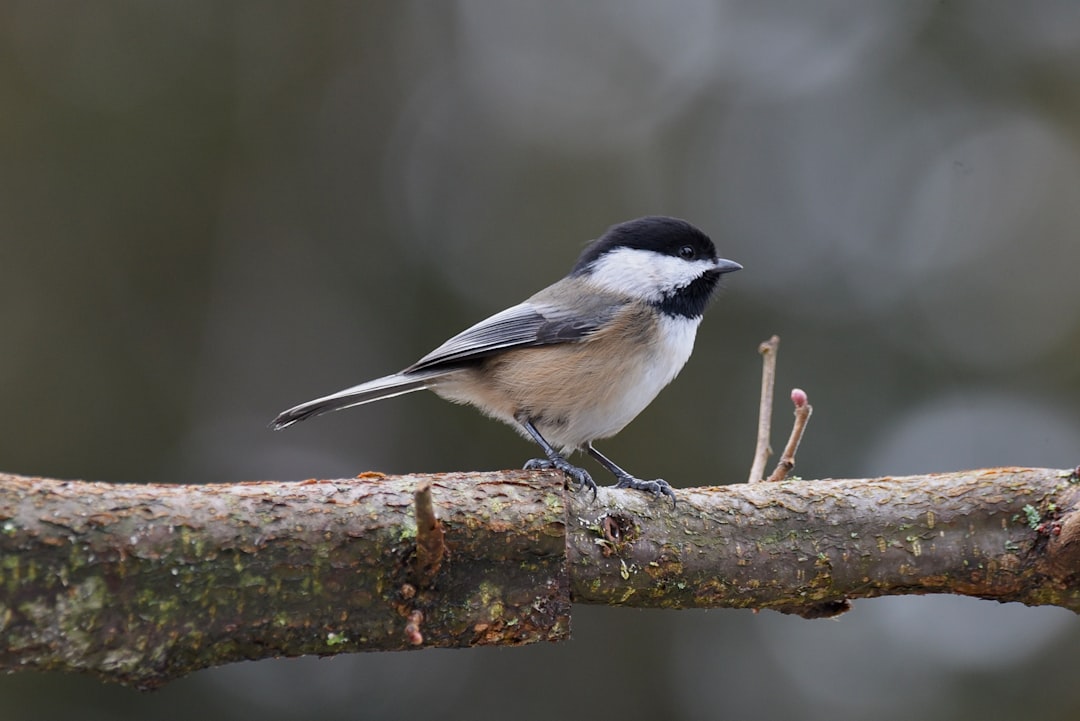
Watch a black‑capped chickadee and you’ll see how a few note changes can carry complex meaning, from casual contact to urgent alarm. Humans do the same with small shifts – slower pacing to invite questions, a brief pause to mark importance, a lighter pitch to lower defenses. Ravens coordinate with partners during problem‑solving, trading roles and sounds; that’s an argument for turn‑taking rather than monologue, especially in thorny meetings. Mockingbirds succeed by listening first, then layering what they’ve heard into something new, a tidy recipe for creative brainstorming. Even the quiet heron shows that stillness is part of speech: posture can say “I’m steady” before a single word lands.
I once stood under a streetlight at midnight, listening to a mockingbird sample car alarms, frogs, and a distant siren, and felt my own brain lean in. That’s the hook of good communication in any sign: it earns attention by making pattern feel fresh, not noisy.
The Future Landscape
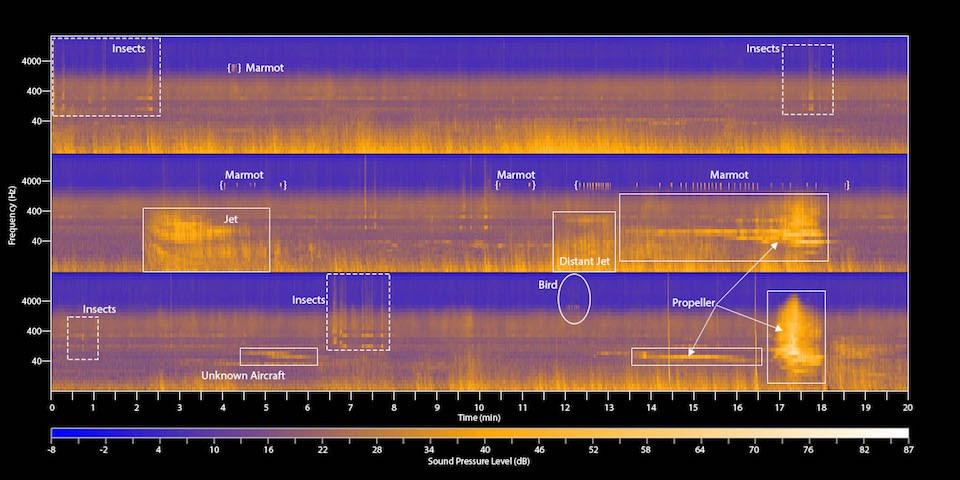
Bioacoustic sensors and low‑power recorders are mapping entire soundscapes, and algorithms now sort thousands of hours of calls into species‑level fingerprints. The same tools are being adapted for human settings, from smart meeting rooms that visualize turn‑taking to apps that coach pacing and tone in real time. As datasets grow, we’ll learn which signal patterns consistently build trust, cut through noise, or reduce stress, and which combinations backfire under pressure. That knowledge could refine the aviary metaphor into a practical dashboard: switch to wren‑mode for dense updates, albatross‑mode for vision, dove‑mode for repair. The challenge will be using that power ethically, respecting privacy and avoiding manipulative design.
On a warming planet, changing soundscapes also change us; if birds shift ranges or go quiet, we lose the models that trained our ears. Guarding biodiversity becomes a communication policy as much as a conservation one.
Conclusion
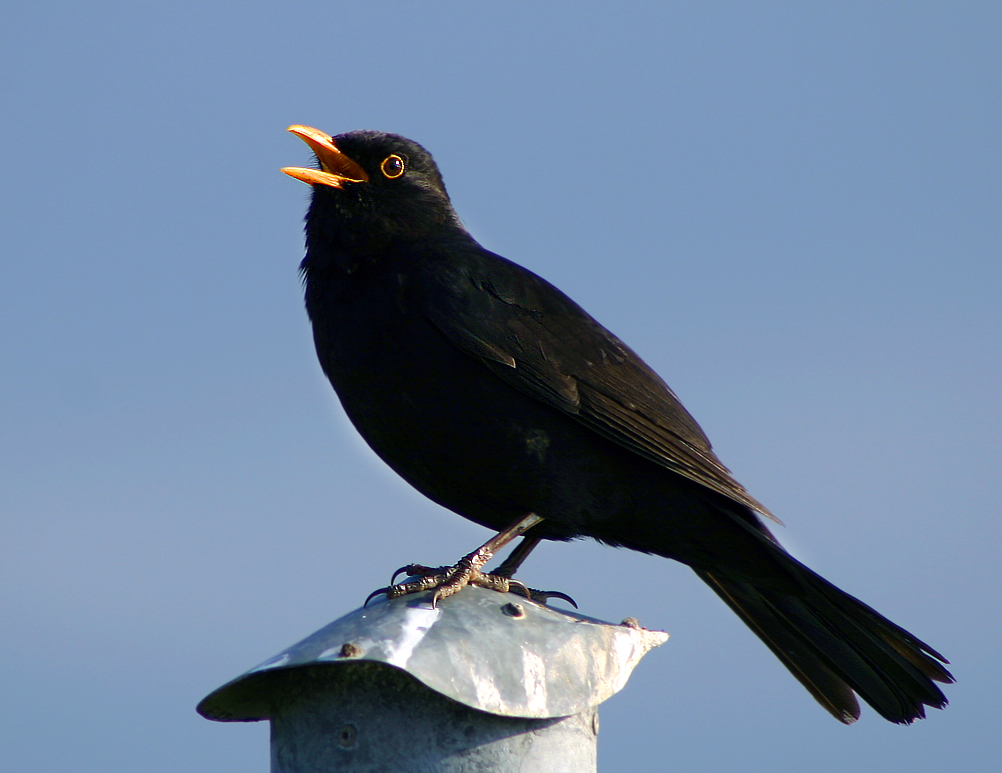
Test the field guide this week: pick one meeting and try a different bird on purpose – wren for structure, swallow for rapport, raven for depth – and watch what changes. Practice micro‑tuning by habitat, raising pitch slightly in noisy rooms or slowing down in echoey halls, just as urban birds do. Keep a short “sound journal” of what earns attention without force, and note the cues – pauses, gestures, openings – that made it work. When conflict flares, start with dove‑calm to re‑establish trust, then layer the style you need to move forward. Support the wild teachers too: plant native shrubs, reduce nighttime noise, and back local monitoring efforts so the real aviary keeps singing.
If your voice could borrow one new set of wings this month, which bird would you try first?

Suhail Ahmed is a passionate digital professional and nature enthusiast with over 8 years of experience in content strategy, SEO, web development, and digital operations. Alongside his freelance journey, Suhail actively contributes to nature and wildlife platforms like Discover Wildlife, where he channels his curiosity for the planet into engaging, educational storytelling.
With a strong background in managing digital ecosystems — from ecommerce stores and WordPress websites to social media and automation — Suhail merges technical precision with creative insight. His content reflects a rare balance: SEO-friendly yet deeply human, data-informed yet emotionally resonant.
Driven by a love for discovery and storytelling, Suhail believes in using digital platforms to amplify causes that matter — especially those protecting Earth’s biodiversity and inspiring sustainable living. Whether he’s managing online projects or crafting wildlife content, his goal remains the same: to inform, inspire, and leave a positive digital footprint.




